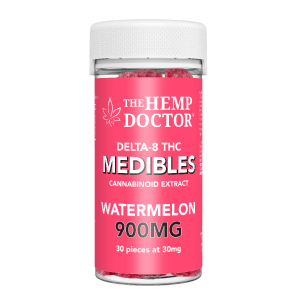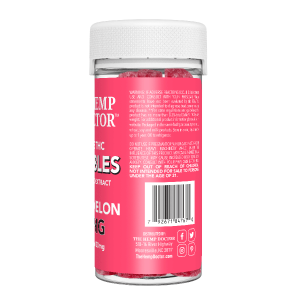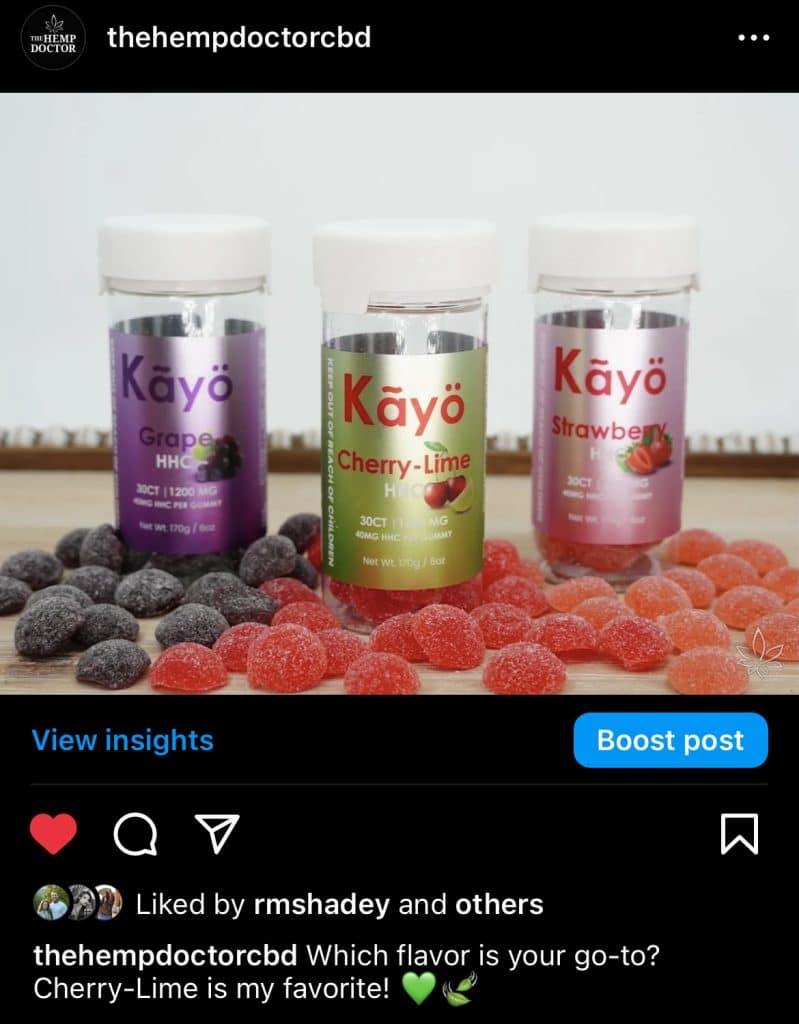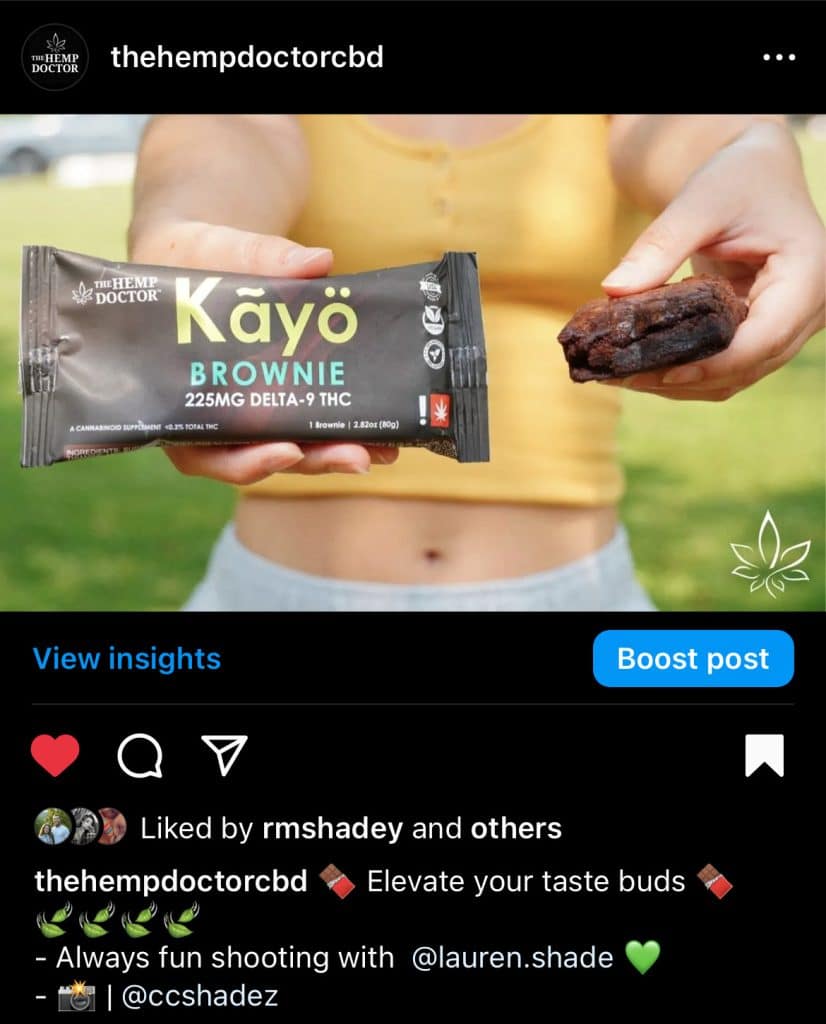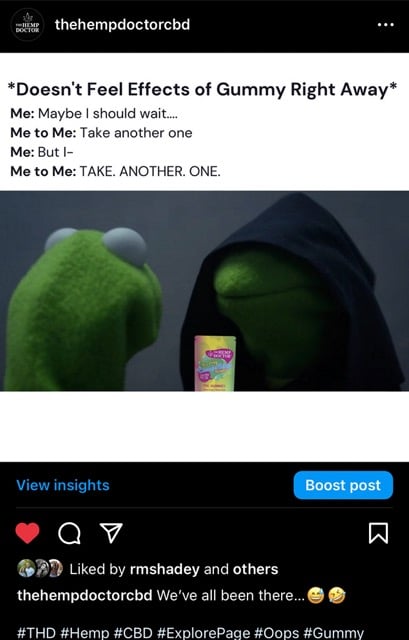How is Delta 8 Made?
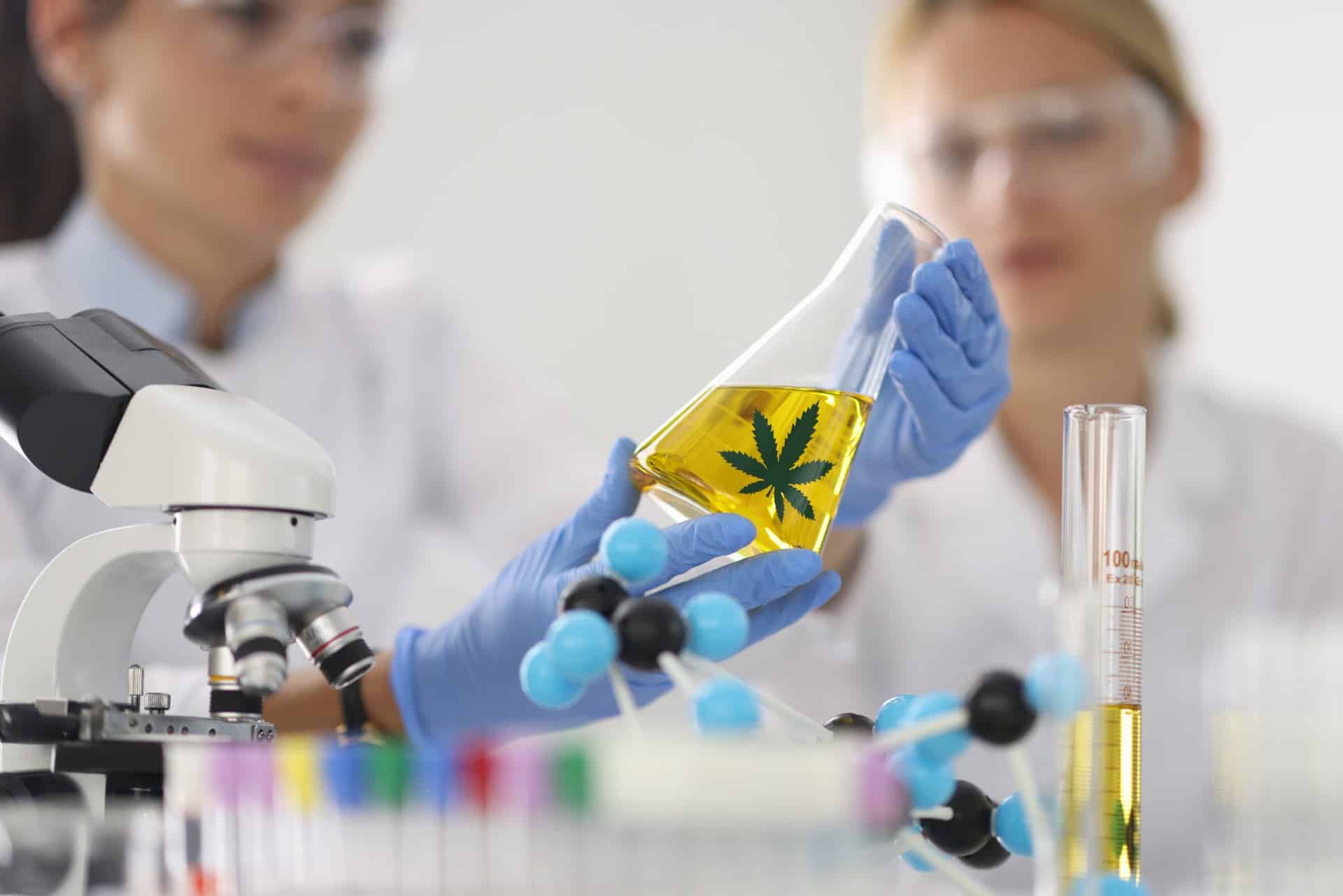
How is delta 8 THC made? Is it made by a bunch of lab-coated serious-looking chemists in a white-walled pristine lab? Probably but if you thought delta 8 is too complicated to conjure, think again. It’s actually less complex but that doesn’t mean the process should go unsupervised.
Let’s go look at the basic process of how is delta 8 separated from cannabis and the process of how to make delta-8 THC out of CBD (cannabidiol). But before anything else, let’s take a look at the nature of delta 8.
What is Delta 8 THC?
Delta 8 THC or delta 8 is the short term of delta-8-tetrahydrocannabinol. Often misconstrued as synthetic, delta 8 is actually a naturally occurring cannabinoid present in the cannabis plant.
As an analog of cannabis’s main psychoactive compound – delta 9 THC, delta 8 has a similar molecular structure to that of delta 9 with a subtle difference when it comes to their atomic bond arrangements. This tiny difference makes a huge contrast when it comes to their respective effects.
According to those who have first-hand experience with delta 8-derived products, the compound has a slightly less potent effect compared to delta 9. Even in high doses, delta 8 doesn’t seem to have overwhelming cognitive effects. For this reason, consumers who are highly sensitive to delta 9, turn to delta 8 for a quick fix.
How is Delta 8 Made?
It’s important to note that no matter how novel the extraction of delta 8 straight from the cannabis plant is, it’s impractical to do so. Why? A cannabis plant would typically only contain 0.1% delta-8-THC. Some strains would even hold less.
It’s scientifically impossible to get a reasonable amount of pure delta 8 distillate from cannabis without converting CBD into delta 8. Even if you’re willing to spend ridiculous tonnes of cannabis plants, you might get one vial of potentially uber expensive delta 8. Having said that, let’s look into the process of converting CBD into delta 8.
Step 1: Extract CBD
Because our goal is to convert CBD into delta 8, let’s extract CBD first from cannabis’s plant parts. There are multiple types of CBD extraction but one of the most used is the supercritical carbon dioxide or CO2 extraction. CO2 extraction involves separating liquid from gas. The final product is typically in oil form.
The extract should go through a purification process yielding a solution of 98% CBD. The purification process involves an extensive filtration process that removes compounds other than CBD.
Step 2: Add the solvent and acid to the purified CBD extract solution
Now that you have a 98% CBD extract solution, it’s time to add a non-polar solvent called heptane to the mixture. Delta 8 doesn’t go well with ethanol-based extractions. Non-polar organic solvents like heptane is your best bet.
Once dissolved, an acid reagent (such as hydrochloric acid, p-toluene sulfonic acid, or alumina acid-washed) is added to trigger the chemical reaction that will lead to cannabinoid conversion.
Stir the solution continually for the next three hours using a stirring plate. Some solutions are either kept at room temperature or have to be heated while stirring but the standard temperature to maintain is 100 degrees Celsius.
Step 3: Neutralize the solution
We don’t want the extra solvents and acids in our solution so we’re removing that in this process. Manufacturers clean the solution using distilled water and sodium bicarbonate. Sometimes, they use a rotary evaporator to wash the solution.
Step 4: Testing
Once the cannabinoid conversion proves to be a success, it’s now time to test the quality and purity of the solution. High-performance liquid chromatography or HPLC checks for existing compounds present in the solution. HPLC lets you know whether your solution is contaminated or has healthy levels of unwanted chemicals.
Can You Convert CBD Into Delta 8 In a DIY Manner?
There is a sliver of chance of successfully replicating the conversion process at home. The internet has made it possible for even the rarest of information available to the public. Additionally, home-chemistry kit sets, solvents, and acids are easily bought.
Unfortunately, there are downsides to DIY labs. For one, if you’re not educated in the field, you won’t have the expertise and supplemental knowledge to execute chemist-based activities. Even the most sophisticated labs do a poor job of cleaning their solution of solvents, acids, and by-products.
The process involves aggressive acids and strong bases to neutralize solutions. You have to put proper reaction safety controls in place to offset the highly exothermic reaction of converting CBD to delta 8.
The conversion process can be done but it doesn’t mean it’s for everyone. It’s best to leave the chemical tinkering to experts.
The Wrap
The cannabinoid industry is still a wild wild west. Unless Congress fills all the legal loopholes, expect a cacophony of ununiformed manufacturing processes and testing techniques all over the industry. As you would logically conclude, lack of regulation also means an influx of poorly-made delta 8 products.
What can you do to ensure you’re purchasing a clean product then? Checking a product’s Certificate of Analysis or COA is key. COAs are reports accomplished by third-party testing labs which show what compounds exist in a brand’s product. If the product is contaminated, COAs would show you that.
Check a company’s COA on its website. Sometimes, you’ll find a scannable QR code in a product’s packaging that will show you a product batch’s unique COA report.
Always buy from reputable brands like The Hemp Doctor. The array of cannabinoid products we offer doesn’t just dance between safer bets like CBD or delta 9 THC. We brave unconventional products like delta 9o and delta 8 but with utmost care.
Intrigued? Check what’s in store on our delta 8 category page. See a cabinet of delta 8 products and who knows, you might just discover a new favorite.
check it out.
Disclaimer: The step-by-step process of CBD to delta 8 conversion relayed on this blog is a basic representation of the process. This material isn’t meant to be used as an official and complete reference of the CBD to delta 8 conversion process

